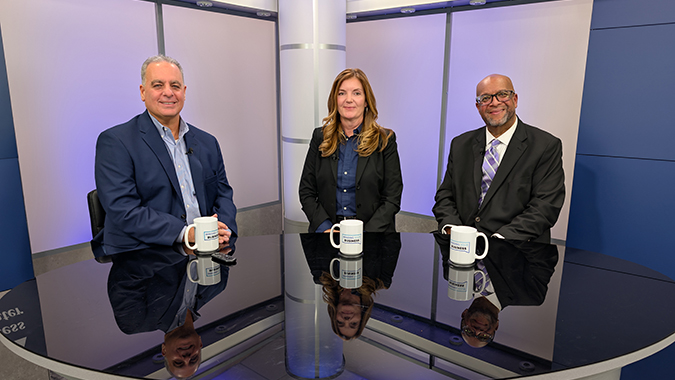U.S. employers added 209,000 jobs in June, wages were up, and the unemployment rate dipped slightly to 3.6%, according to data released Friday by the U.S. Bureau of Labor Statistics.
Nevertheless, the economy overall continues to show signs of cooling, with employment growing by a monthly average of 278,000 jobs during the first six months of 2023, which is less than the monthly average of 399,000 new jobs in the first six months of 2022.
Employment gains in June were led by increased hiring in government (+60,000), healthcare (+41,000), social assistance (+24,000) and construction (+23,000). Hiring in the leisure and hospitality industry was little changed for the third month in a row, with jobs at restaurants and similar establishments remaining 2.2% below pre-pandemic levels.
The pace of hiring changed little in other key industries, including manufacturing, retail and wholesale trade, professional and business services, transportation and warehousing, and information and financial services.
The unemployment rate declined by 0.1 percentage points in June from May’s 3.7% rate. The nation’s jobless rate has fluctuated from 3.4% to 3.7% since March 2022. The labor force participation rate – the proportion of U.S. working-age population with jobs or actively searching for work – was 62.6% in June for the fourth consecutive month. The employment-population ratio measuring only working-age people with jobs was unchanged at 60.3%.
In June, average hourly earnings for all employees on private nonfarm payrolls rose by
12 cents to $33.58. Over the past 12 months, average hourly earnings have increased by 4.4%, which may maintain pressure on the Federal Reserve Board to continue its efforts to curb rising prices and slow the economy through interest rate increases.
The Fed’s Open Market Committee meets again on July 25-26 to assess economic conditions and set monetary policy.
At its June meeting, the Fed voted to temporarily pause interest rate increases to assess how the previous 10 straight rate hikes totaling 5 percentage points were impacting the economy. At the time the Fed signaled that more rate hikes could lie ahead, and some financial experts said Friday’s latest wage growth data makes it more likely the Fed will resume rate increases.
“The increase in average hourly earnings and hours worked should provide the Fed confidence to increase rates later this month as it tries to curb inflation,” said Eric Merlis, managing director and co-head of global markets at Citizens.
The Employment Situation report released Friday also revised downward the previous preliminary estimates for nonfarm employment in April and May. April’s employment numbers were lowered by 77,000 from the original 294,000 estimate to 217,000. The preliminary figures for May were revised downward by 33,000 from the original estimate of 339,000 to 306,000.
“The U.S. jobs report was positive and near expectations for June, but downward revisions of past monthly numbers may be a first crack in the market even though we advise clients to retain key employees in this competitive environment,” Merlis said.




